Lawn
All Lawn Content
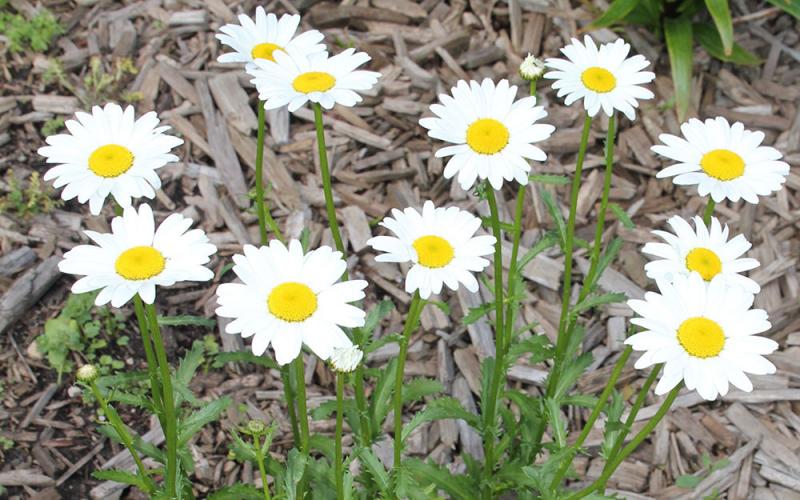
Invasive Garden Plants: Is That a Weed?
While we generally consider invasive plants like crabgrass, dandelions, and purslane as weeds, just about any plant can be considered a weed when it's in the wrong location.
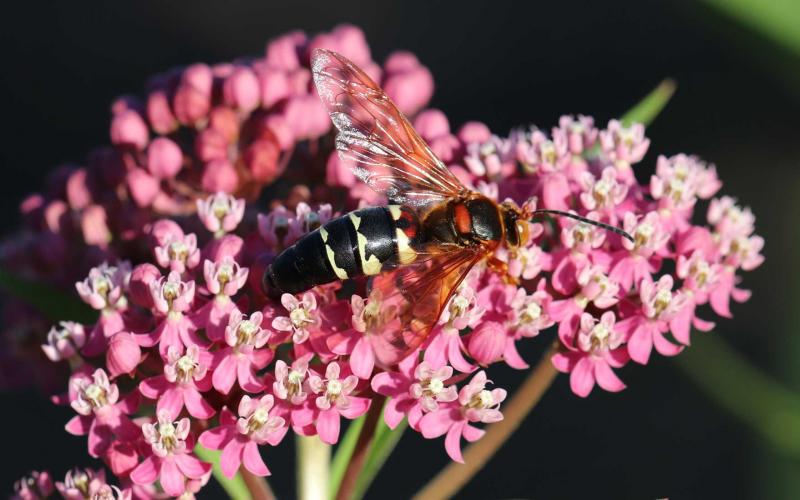
Cicada Killer Wasps Are Active in South Dakota
The cicada killer wasps are active in South Dakota, which means cicadas are probably not far behind. As their name implies, cicada killer wasps use cicadas as a food source. They can present an impressive spectacle if you observe one carrying a paralyzed cicada from a tree.
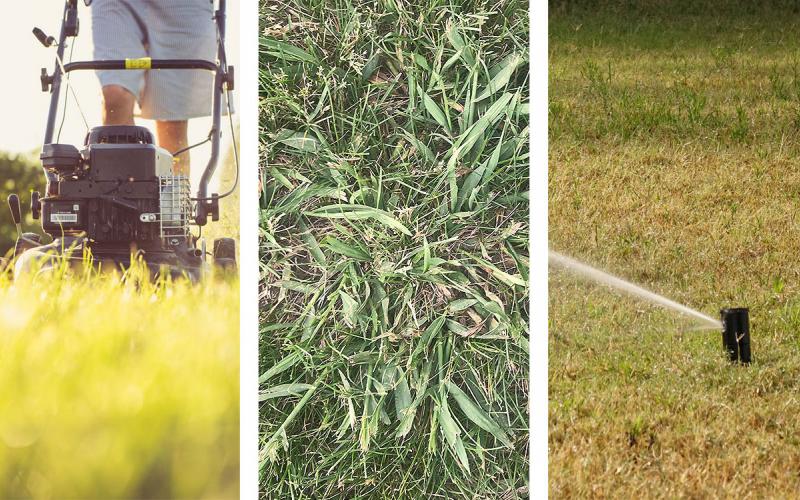
Summer Lawn Care: Mowing, Weed Control and Watering Practices
During a summer of drought, the extreme heat, lack of rainfall and invasion of pests can really take a toll on our turf. Learn some general concepts of summer lawn care and techniques to help your lawn through difficult summer months.
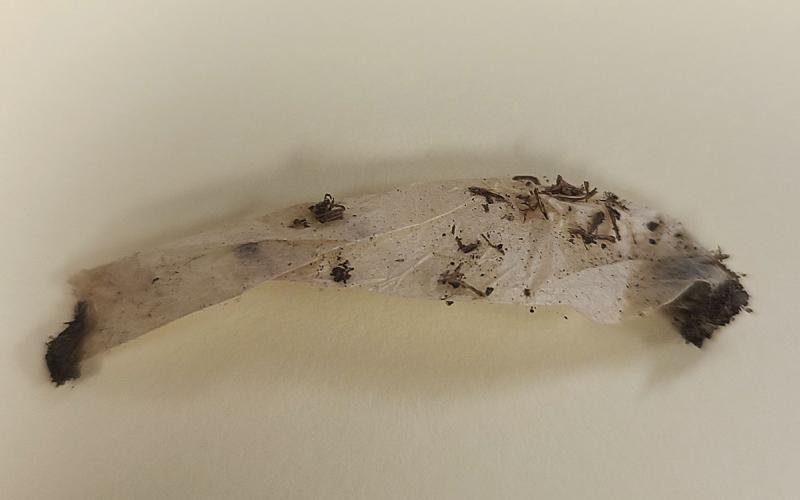
What’s Leaving These White Skins on My Lawn?
There have been many reports by homeowners of birds pulling out white, cigarette-looking tubes from their lawns. These tubes are silken tunnel linings created by the cigarette paper webworm.

What Are the Little Moths All Over My Lawn?
There have been reports of small, light-colored moths showing up by the thousands in people’s lawns. These moths have been identified as sod webworms, which are now emerging throughout South Dakota.
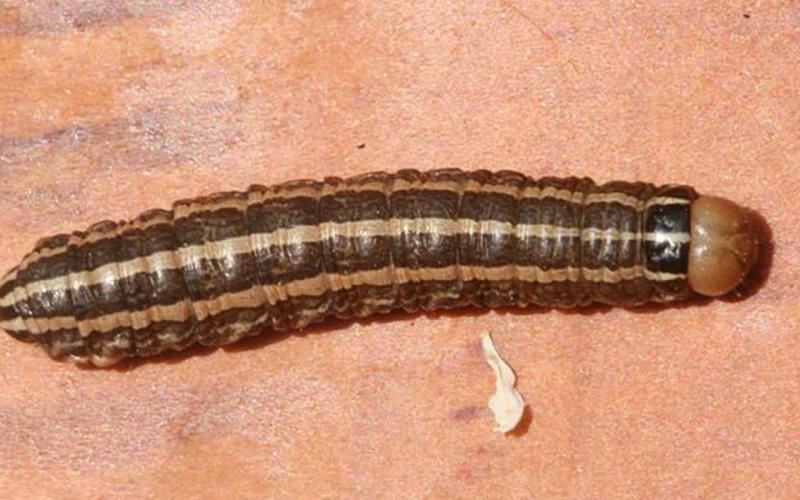
Bronzed Cutworms Are Active
Bronzed cutworms can damage turf by clipping blades of grass close to the soil surface. Feeding by bronzed cutworms in lawns will result in small, brown circular patches, and large populations can result in extensive lawn injury.
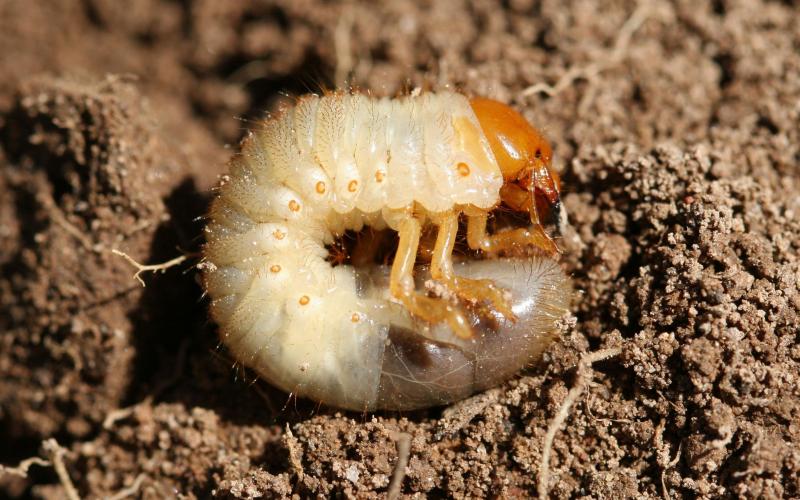
Do You Have Grubs in Your Lawn?
We’ve had quite a few calls about dead patches in lawns this spring, which could be a sign of grub activity. If areas of your lawn are not greening up or appear to be dying, it is important to scout to determine if grubs are present.
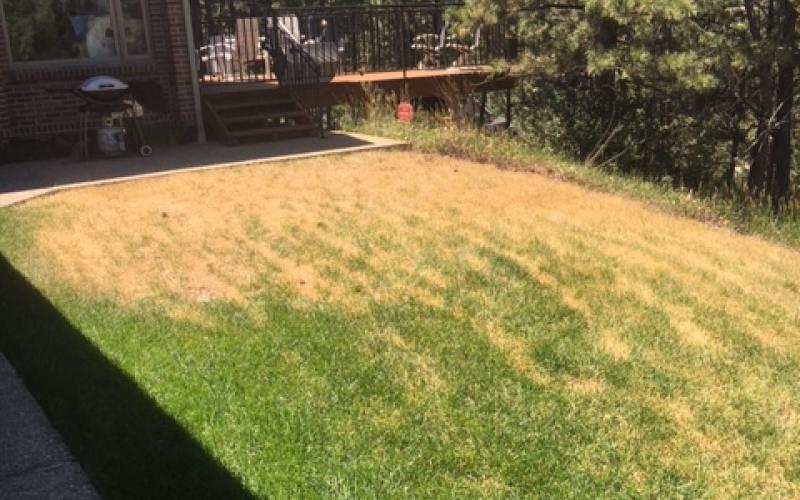
Dealing with Drought Stressed Lawns
Drought is a common concern across the region this summer affecting landscapes in many ways, but probably most noticeably in its impact on lawns.
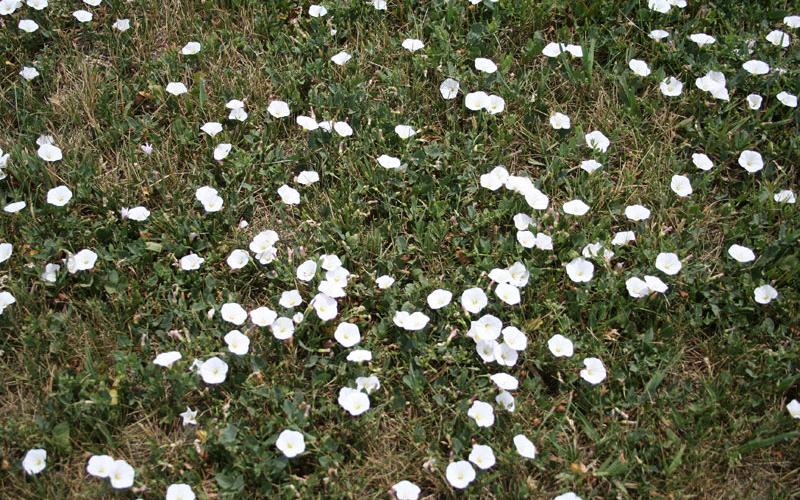
Lawn Weed Control
Cultural weed control practices must be included in weed management programs to optimize control and inhibit re-infestation. A healthy, dense turf cover is the best overall defense against weed invasion. Some common cultural weed control practices include planting the most adapted turfgrass species for your environment (i.e. shade, full sun, or hot, dry conditions), maintaining a mowing height of 2.5–3.5 inches, watering deeply but less frequently, and proper soil maintenance including fertilization and core aerification.
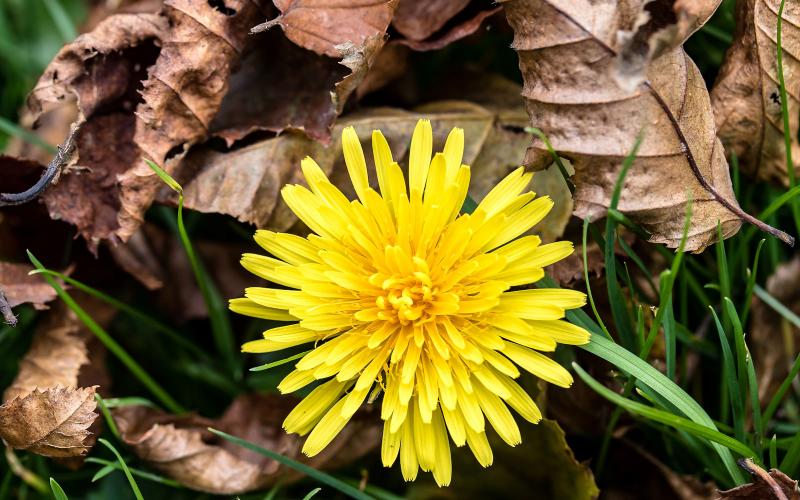
Fall Lawn Weed Control
Fall is the time to control tough perennial broadleaf lawn weeds. The target weeds in the fall are dandelion, ground ivy, creeping bell flower, field bindweed and white clover.